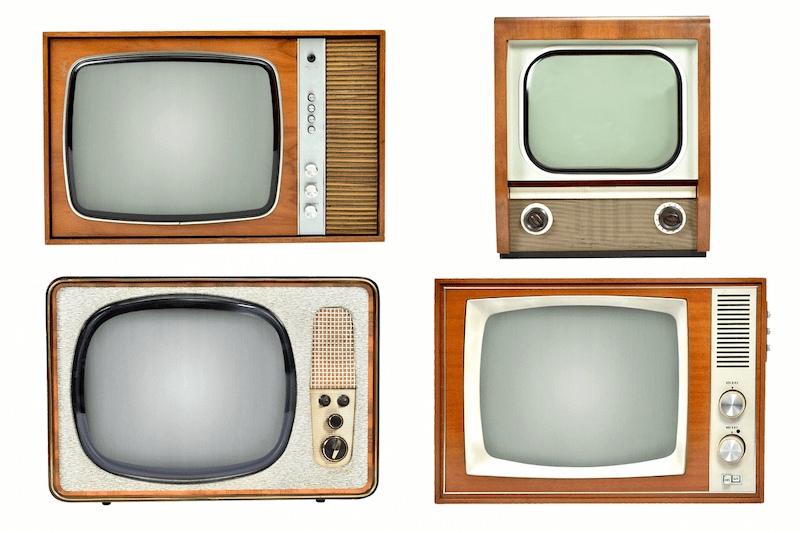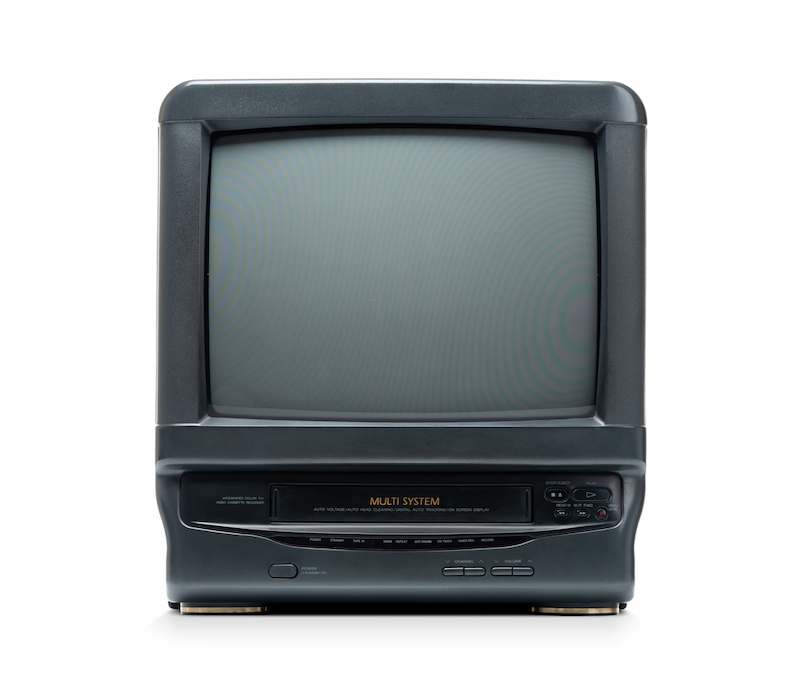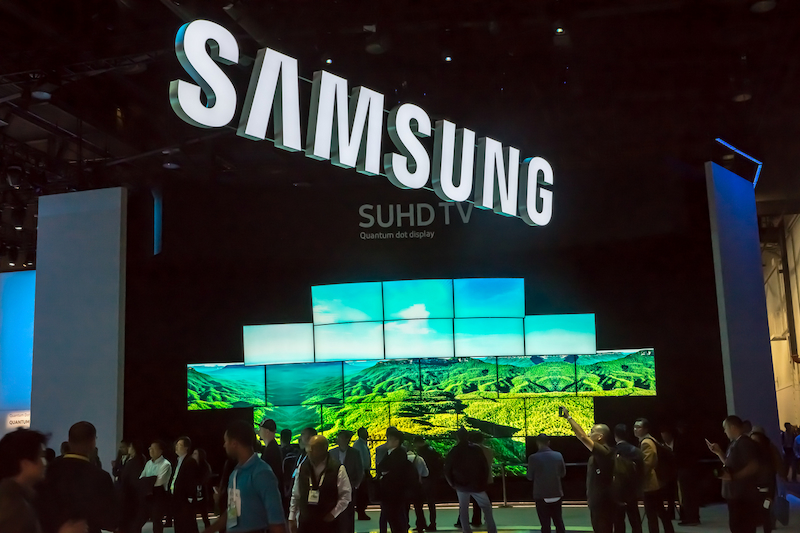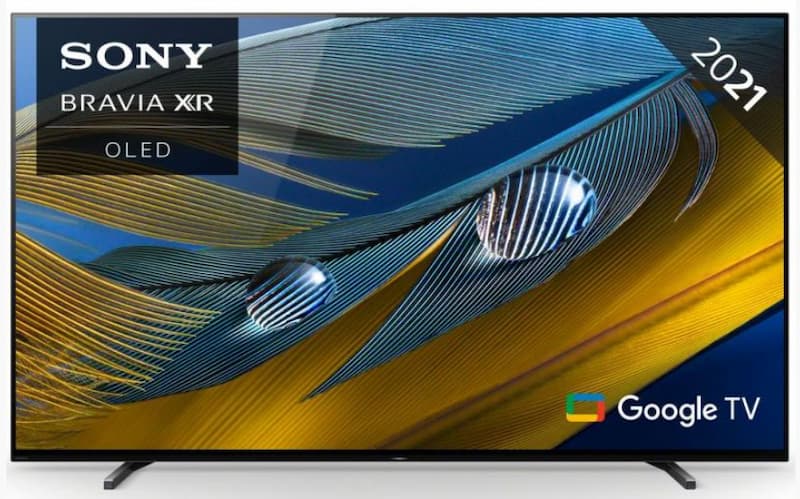TVs have been around for over 100 years. The function of the TV frame has changed from being a prominent feature to non-existent in some new devices. The new Samsung TV features the frame as a unique selling point, making your TV look more like a picture on the wall. With all this change, be sure you are getting the right frame for you.
History of The Frame
The Early Days
Televisions have been around since the 1920s, although not how we view these today. Back in the 1920s, the Octagon TV’s frame took up more space than the screen itself. It was the first form of TV and was never sold to the public, only used for testing within laboratories. Since then, the frames for TVs have shrunken over the years.

In the early years of television, the TV frame was designed to be functional. It held the TV controls when remotes were not yet in use. When more modern technology began to be introduced, it would host the receivers needed for remotes whilst still needing the functionality of nobs and buttons. As technology has grown, the need for switches and receivers have reduced to barely needing space for a power button.
1970s
Frames were a big deal within the 1970s, and the most stylish families would have their TV built into furniture. The cabinets within the living room would be made of natural wood and feature within the living room as the centrepiece or hidden away behind doors.
Another frame feature of the late 1970s was the idea of making TVs look fun and futuristic. Often TV frames would be made into spherical shapes with aerials out of the top, resembling a toy as opposed to a TV.
The Character TVs
A trend similar to this followed in the 90s. While the frames became much more compact and plastic, they often came in various prints and colours. Brands jumped on the bandwagon for this, making limited additions. Disney was the leading brand that made the most of the designs. There was Pooh Bear TVs, Princess TVs, Betty Boop, and many other recognisable characters surrounding the screens of our portable TVs. Even big alcohols names like Heiniken joined in the trend, and it soon became an obsession to have a branded TV within your room or home. We also saw the introduction of the Combi TV, where you could buy two devices such as radio or VHS player into the TV. The surround once more became a host to the functions of the device.

Since the 90s, we have seen a recede in the thickness of the TV frame. Not only the surround to the screen itself, but the back has reduced in size significantly, going from half a meter wide almost to as thin as an inch deep.
New Technology
Whilst the Combi TVs feel like a thing of the past, they are essentially making a huge return with the creation and popularity of the smart TV. Smart TVs combine the technology of a smartphone with the idea of Combi TVs.
The newest progress in screen frames would most likely rely on Sky Glass and the Samsung Frame. Each of these TVs makes a feature of the frames, just as we have seen in the past.

Samsung has introduced the Frame TV, which displays a picturesque scene of your choice to blend into your décor. Its popularity is growing as people look more and more to disguise the big black square in the corner of their living rooms. Mounted on a wall, it would be unrecognisable as a television.
Sky’s new Sky Glass again uses the idea of Combi TV, with its Sky Boxes becoming redundant. Still, in the early stages of release, the Sky Glass is yet to figure out its popularity within today’s modern technology. With a built-in soundbar at the bottom of the TV, it returns the visual components of the TV as we have seen in the past.
When it Comes to Looking For a New TV, How Important is the Frame to You?
Frameless TV
The idea of a frameless TV is to utilise the area where we view our favourite shows and films and make the screen size look much more significant than if it were framed. In addition, the benefits of having no frame allows for a much lighter weight design and are ideal for situations such as gaming where it may cause a distraction.
Framed TV
Having a frame on your TV can increase the protection from any accidental knocks which could damage your device. It also allows for function buttons to be visible on the front of the TV (for those lost remote moments).
Personal Choice
It is entirely down to personal choice when it comes to framed vs frameless. There isn’t a large variety of colours anymore for the surround. The most common colour is black, stainless steel or white. There is usually no price difference when it comes to picking a colour, and again, it all depends on what colour suits you and your room.

The Future of Frames
As technology grows, we are confident the TV design will become sleeker and more advanced with each generation. LG Display is already working on a roll-out TV that will expand to the size you need. This design will eliminate the black backing on a film and will only access the part of the screen in use. The same company is also looking into creating a fully transparent and immersive screen. So, we are sure that there will be a considerable advancement in the art of technology in the next ten years. However, for now, choosing between framed and unframed TV is one of personal choice and not quite yet of technology improvement.
So if you are still wondering about the choice of frame, or need help and advice deciding on your new TV purchase, contact us today to speak to one of our experts






